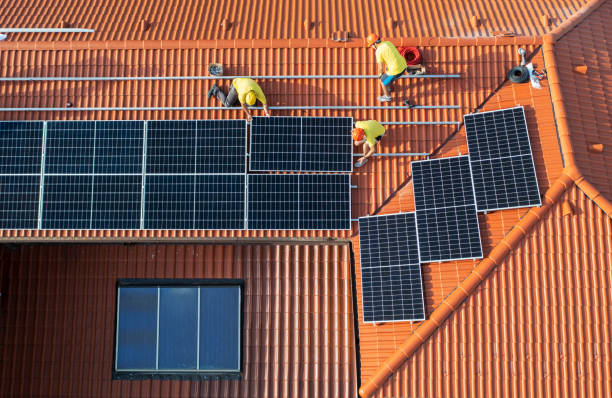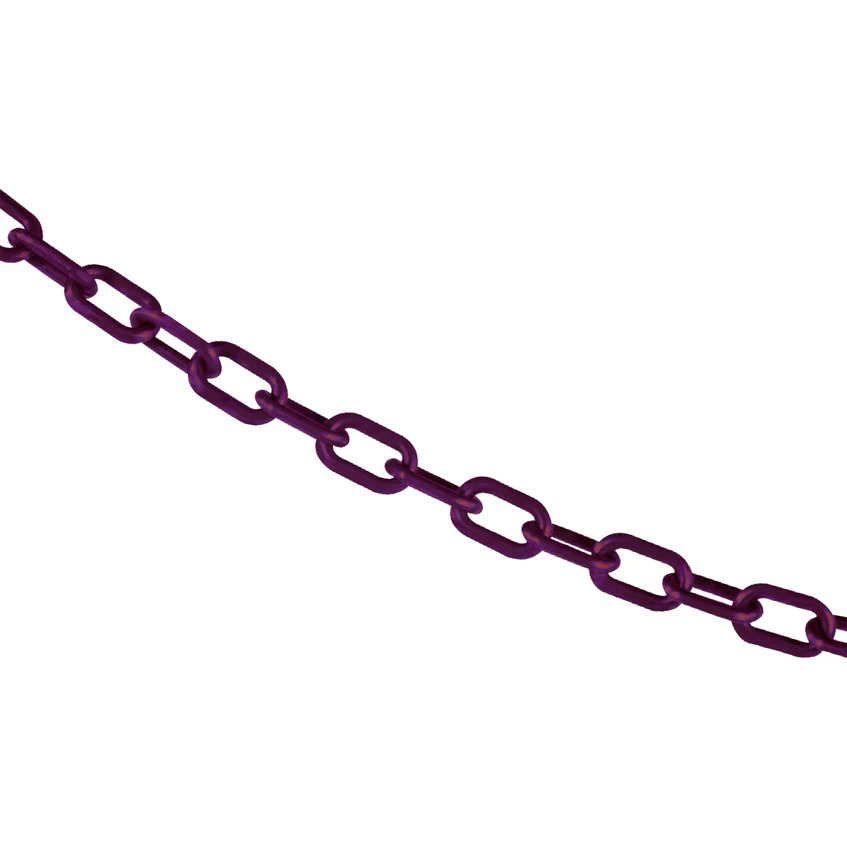If you’re exploring renewable energy options, solar shingles Ohio offer a cutting-edge alternative to traditional solar panels. Rather than mounting bulky panels on top of your roof, solar shingles integrate sleek photovoltaic materials directly into your roof covering, providing both protection and power generation. In this blog post, we’ll dive into everything you need to know about solar shingles in Ohio — from benefits and challenges to cost, installation, and how to choose a reputable installer.
What Are Solar Shingles?
Solar shingles (also called solar roof tiles) are thin photovoltaic modules designed to mimic or replace conventional roofing materials such as asphalt, cedar, or slate. They capture sunlight and convert it to electricity while functioning as durable roofing. Unlike traditional panels, they blend more seamlessly with the roof line, preserving aesthetic appeal.
In Ohio’s climate — with a mix of sunny, overcast, and snowy days — solar shingles can still perform well when properly oriented, insulated, and maintained. Their performance depends on factors such as roof pitch, sun exposure, and system design.
Benefits of Solar Shingles in Ohio
1. Aesthetics & Seamless Integration
Because they resemble typical roofing shingles, solar shingles avoid the “panel-on-roof” look. This is particularly appealing to homeowners who want clean rooflines without obtrusive hardware.
2. Dual Function: Roofing + Energy
They serve as both roofing material and solar energy system, reducing the need for separate roofing and solar installations. This can simplify your project and reduce materials and labor overhead.
3. Increased Home Value & Marketability
Homes with integrated solar systems often command premium resale value. Buyers may view solar shingles as an energy-savvy upgrade, making your property more attractive.
4. Energy Savings & Clean Power
With proper installation, solar shingles can reduce or offset your electricity bills, generating clean, renewable energy for your home. Over time, that adds up to long-term savings and a smaller carbon footprint.
5. Durability & Warranty Support
Many solar shingle products come with robust warranties (e.g. 20–25 years) and are tested for impact, hail, wind, and fire resistance. They are built to withstand harsh weather, provided they’re installed to code.
Challenges & Considerations
1. Higher Upfront Cost
Solar shingles tend to cost more per watt installed compared to conventional panels, due to their dual-function design, specialized materials, and extra labor.
2. Efficiency Tradeoffs
Because the shingles are thinner and potentially less efficient than traditional panels in terms of output per square foot, you may need more roof area to meet your energy goals.
3. Roof Suitability & Orientation
To optimize performance you need a roof with good sun exposure (preferably southern-facing) and minimal shading. Roof pitch, geometry, and ventilation also play a role.
4. Installation Complexity
Installation requires specialized training and careful integration with waterproofing, flashing, and electrical systems. Mistakes can lead to leaks, underperformance, or safety issues.
5. Repair & Maintenance
Since repairs may require replacement of individual shingles or modules, getting matching parts and addressing damage may be more complex than with traditional solar arrays.
Cost Estimates & Incentives in Ohio
In Ohio, the installed cost for solar shingles may range from $3.50 to $6.50 per watt (or more), depending on product choice, labor rates, roof complexity, and electrical infrastructure upgrades. That means a 5 kW system with solar shingles could run between $17,500 and $32,500 before incentives.
But incentives can help offset that:
- The Federal Solar Investment Tax Credit (ITC) currently provides a credit of up to 30 % of qualified costs.
- Some Ohio state-level incentives or rebate programs (such as SRECs or local utility programs) may apply, depending on your county and service area.
- Net metering or net billing policies in Ohio utilities allow you to sell excess energy back to the grid or offset consumption when you draw from the grid.
Always consult a tax or energy professional to determine your eligibility and benefit range for incentives in your area.
Choosing the Right Solar Shingle Product & Installer
Here are key criteria when selecting your system:
- Efficiency & Warranty – Look for modules with reputable manufacturer backing and long-term performance guarantees.
- Weather & Impact Ratings – Hail, wind, fire, and temperature resilience are important in Ohio’s climate.
- Electrical Integration – Compatibility with inverters, microinverters, or power optimizers.
- Roof Compatibility – Your roof’s structure, orientation, width, and condition must support installation.
- Installer Credentials – Choose a certified, experienced installer familiar with solar roofing systems. Ask for portfolios, references, and warranties.
When vetting contractors, request a full energy analysis, projected yield report, system layout, and cost breakdown. Compare five quotes if possible.
Installation Process Overview
- Site Assessment & Design – Evaluate your roof orientation, shading, structural capacity, and energy usage.
- Approval & Permitting – Submit plans to local building departments and utility agencies.
- Roof Preparation – Remove existing roof layers if needed, reinforce structure, install proper underlayment.
- Shingle Installation – Integrate solar shingles into roofing grid, apply flashing, weather seals, and modules.
- Electrical Wiring & Inverter Setup – Run wiring, connect to inverter(s) or optimizers, tie into grid.
- Inspection & Commissioning – Local authority and utility inspection, final activation, and monitoring setup.
Total time depends on roof complexity, permit turnaround, and system size.
Maintenance & Monitoring
Solar shingles require less cleaning than panels because they’re low-profile and flush with the roof. However:
- Periodic visual checks help spot damage or debris accumulation.
- Monitor system output regularly to detect underperformance.
- Replace damaged shingles or modules swiftly to prevent water intrusion.
- Keep roof drains and gutters clear to avoid water backup.
Many modern systems include remote monitoring apps so you can track energy generation performance in real time.
Is Solar Shingles Right for You?
Solar shingles are ideal if:
- You’re constructing a new roof or re-roofing soon anyway.
- You prefer a sleek, integrated aesthetic vs. rack-mounted panels.
- You have sufficient roof area and favorable orientation.
- You can afford higher upfront cost for long-term payoff.
They might be less ideal if:
- Your roof will need major repairs soon (adding cost complexity).
- Your roof orientation or shading is unfavorable.
- You want maximum efficiency per dollar in limited roof space.
It’s often worth doing a side-by-side comparison of a traditional solar panel setup and solar shingles for your specific home.
Final Thoughts
Solar shingles present a promising path to combine roof functionality with clean energy generation, and in Ohio, they are becoming more accessible. While the upfront cost tends to be higher compared to classic solar panels, the aesthetic integration, dual-purpose design, and long-term gains can justify the investment — especially when combined with federal and local incentives.
If you’re in Ohio and want to explore the viability of solar shingles Ohio for your house, begin with a professional assessment and a clear comparison to conventional solar systems.




